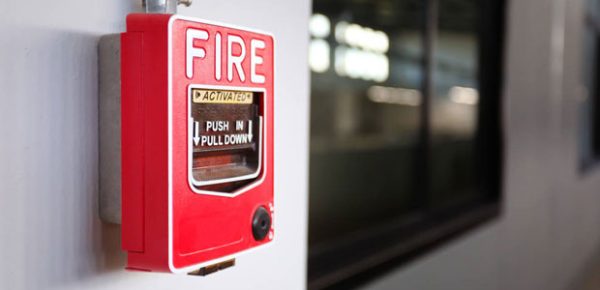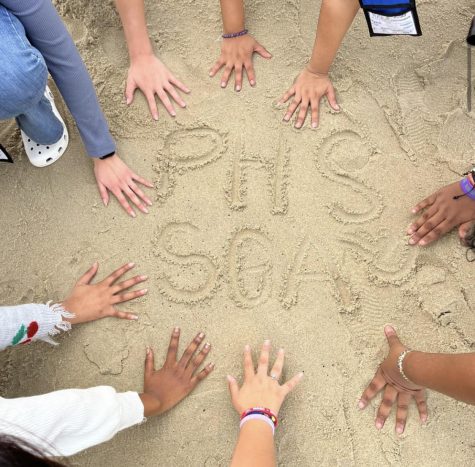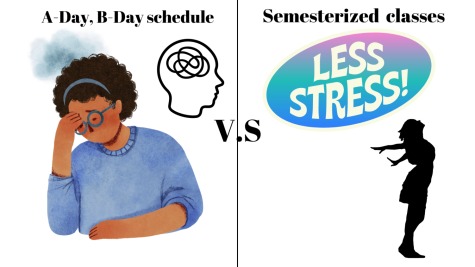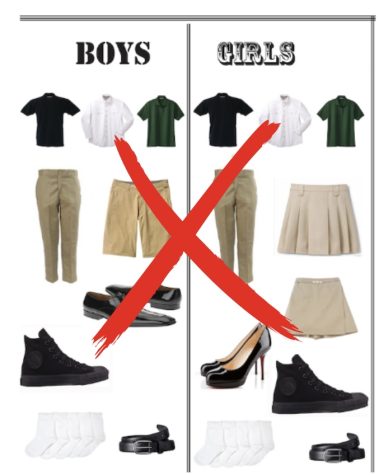Missionaries risk negative impact on communities meant to be aided

While missionary trips may outwardly appear to help those in need across the globe, the authenticity and effectiveness of the trips raise questions.
Missionary trips have been happening for many years to help people in poor conditions. Now, these missionary trips continue except now these trips are self-serving. However, not everyone is getting the correct training, deep cultural understanding, and teachability that lead individuals to more harm than good.
The goal for mission trips is to teach about Jesus Christ and the Christian faith. Besides this, they also work to edify people all over the world by addressing the problems that need to be solved. These mission trips were created to build houses, schools, hospitals, teach English and find other ways of helping the community to make long-lasting effects.
There are both religious and non-religious where anyone can volunteer. These trips are all volunteers that are taken to help people in other countries, usually developing countries that are impoverished, while others go to help educate the people. There were around 400,000 people trained just by the United Methodist Church to go on a trip and try to help people.
Although some are trained to help others, their true colors are not shown until it is up to them to help people. The works of the missionaries have become very controversial. Some agree with the essential services that missionaries go out and do, however, these services come with a high price. Culture is disappearing, everything wants to be forced, and some people aren’t even qualified.
For many years missionary trips were used as an instrument for the American colonization to strip indigenous people of their indigenous culture and convert them. Missionaries continuously destroy cultural values as they try to “help” the countries they visit.
In a study conducted at LaGrange College by Macy Janney, she wrote “The West Africans also lost part of their cultural identity in the field of education, since the tribal history and beliefs were no longer taught. The Christian education used the Bible to teach reading and language skills and western practices and beliefs.”
After West Africa was forced to use the Bible, use a new language, and a system of education, little by little everything began to change for them. There began to be more buildings and government, and other powers which are how they began to be exploited.
After the Chirstian missionaries introduced West African to a new way of life, they didn’t realize the major change that the missionaries had caused. As more children went to school and went to church, they began to learn of the new religion and education, and began to forget the former learnings.
Through these things that occurred in the past, many places experienced change and continue to experience change, like the loss of their original teachings, culture, language and religion.
A problem discussed in an interview that Michel Martin had with John Donnelly, a writer who specializes in global health and development. Donnelly said “Americans feel like they know better than people in different countries in Africa. And they feel like they’ve made money. They’ve put together programs. They’ve been successful in their communities, and so, therefore, it should work.”
Donnelly then stresses that the missionaries shouldn’t go to a foreign country with a specific or closed mentality, and they should learn from the local people what is best for their country. When short term missionaries arrive they have one project, they focus on that and they finish and leave. However, when it comes to long-term effects, people must first get to know the culture to be able to make a change.
Since these trips are usually self-serving, the missionaries believe that the people should just be grateful for the help they are receiving. However it is important to know what is happening in different places before doing something and at times with the number of people that go, there isn’t a verification if they are qualified.
There have been many times that missionaries have turned out to be someone completely different from who they say they are.

Renee Bach was a U.S. missionary with a faith-based charity in Uganda and she created a charity that acted as a children’s hospital. However, Bach had no medical training, which led to the death of 105 children in just five years. Many missionaries create a selfless image of themselves to get away with abusing those very children they claim to help, just like Bach did.
Many times missions consider more westerns entertainment over black and brown lives. Although donations would be able to make a much larger change than mission trips, the fun of the trip would be taken away from the missionaries. By going on the trips it allows unqualified people to “help” children and pictures to be taken.
The main reason these pictures are taken is that they need to promote themselves. In the majority of the posts, the local people are not talked about, the main focus being the missionary. This is going into a country to gain instead of giving and helping.
“The best way to learn about a people is to sit in the mud with them, eat their food with them, sleep in their huts with them, rejoice in their joys with them, and go through their burdens with them,” said John Allen, a Christian missionary in an article by BBC New.
People that are going to a foreign country shouldn’t try to force themselves into a community. There are ways of introducing themselves and sharing cultures so that they can gradually involve themselves in their world and find ways of solving problems.
“They need to understand what countries are doing, and they need to sort of fit into what best practices and what works,” said Donnelly.
Your donation will support the student journalists of Parkdale High School. Your contribution will allow us to cover our annual website hosting costs and publish some printed editions, as well.

This is her second year in Newspaper as a Journalist and Chief Copy Editor with the “encouragement” Ms G has given her. She enjoys reading, being outdoors,...











